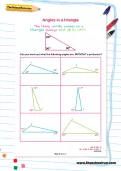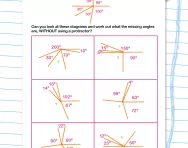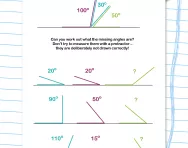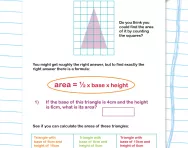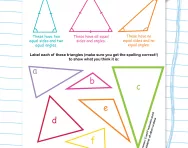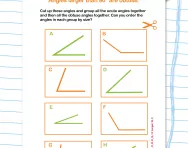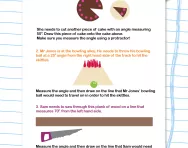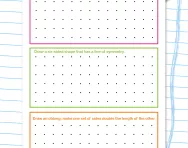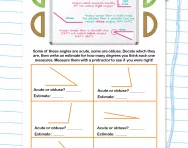TheSchoolRun.com closure date
As we informed you a few months ago, TheSchoolRun has had to make the difficult decision to close due to financial pressures and the company has now ceased trading. We had hoped to keep our content available through a partnership with another educational provider, but this provider has since withdrawn from the agreement.
As a result, we now have to permanently close TheSchoolRun.com. However, to give subscribers time to download any content they’d like to keep, we will keep the website open until 31st July 2025. After this date, the site will be taken down and there will be no further access to any resources. We strongly encourage you to download and save any resources you think you may want to use in the future.
In particular, we suggest downloading:
- Learning packs
- All the worksheets from the 11+ programme, if you are following this with your child
- Complete Learning Journey programmes (the packs below include all 40 worksheets for each programme)
You should already have received 16 primary school eBooks (worth £108.84) to download and keep. If you haven’t received these, please contact us at [email protected] before 31st July 2025, and we will send them to you.
We are very sorry that there is no way to continue offering access to resources and sincerely apologise for the inconvenience caused.
Angles in a triangle
The three inside angles in a triangle always add up to 180 degrees. Can you work out what the following angles are, WITHOUT a protractor?
How do you calculate angles in a triangle?
Calculating angles in a triangle can seem tricky at first, but it’s actually quite simple once you understand the basic rules!
- A triangle is a shape with three sides and three angles.
- The most important thing to remember is that the three angles inside any triangle always add up to 180 degrees. This is a key fact that will help in calculating any missing angles.
- If you know two angles in a triangle, you can easily find the third one.
- For example, let’s say your child knows two angles: 50 degrees and 60 degrees.
- You can find the missing angle by subtracting the sum of these two angles from 180 degrees.
What are the different types of triangles in Year 6 maths?
- Equilateral triangle: All three angles are the same, and each one is 60 degrees (since 180 degrees divided by 3 is 60).
- Isosceles triangle: Two angles are the same, and you can find the third angle using the same subtraction method.
- Scalene triangle: All three angles are different, but they still add up to 180 degrees.
How will this KS2 worksheet help your child at home?
This simple but effective KS2 activity was designed by an experienced primary school teacher and will help your child understand how to calculate the missing angle in a triangle. They are encouraged to have a go themselves and answers are provided.
For more help with Shape and Space, check out our hub page, or try a new challenge such as our Finding unknown angles in quadrilaterals worksheet.
